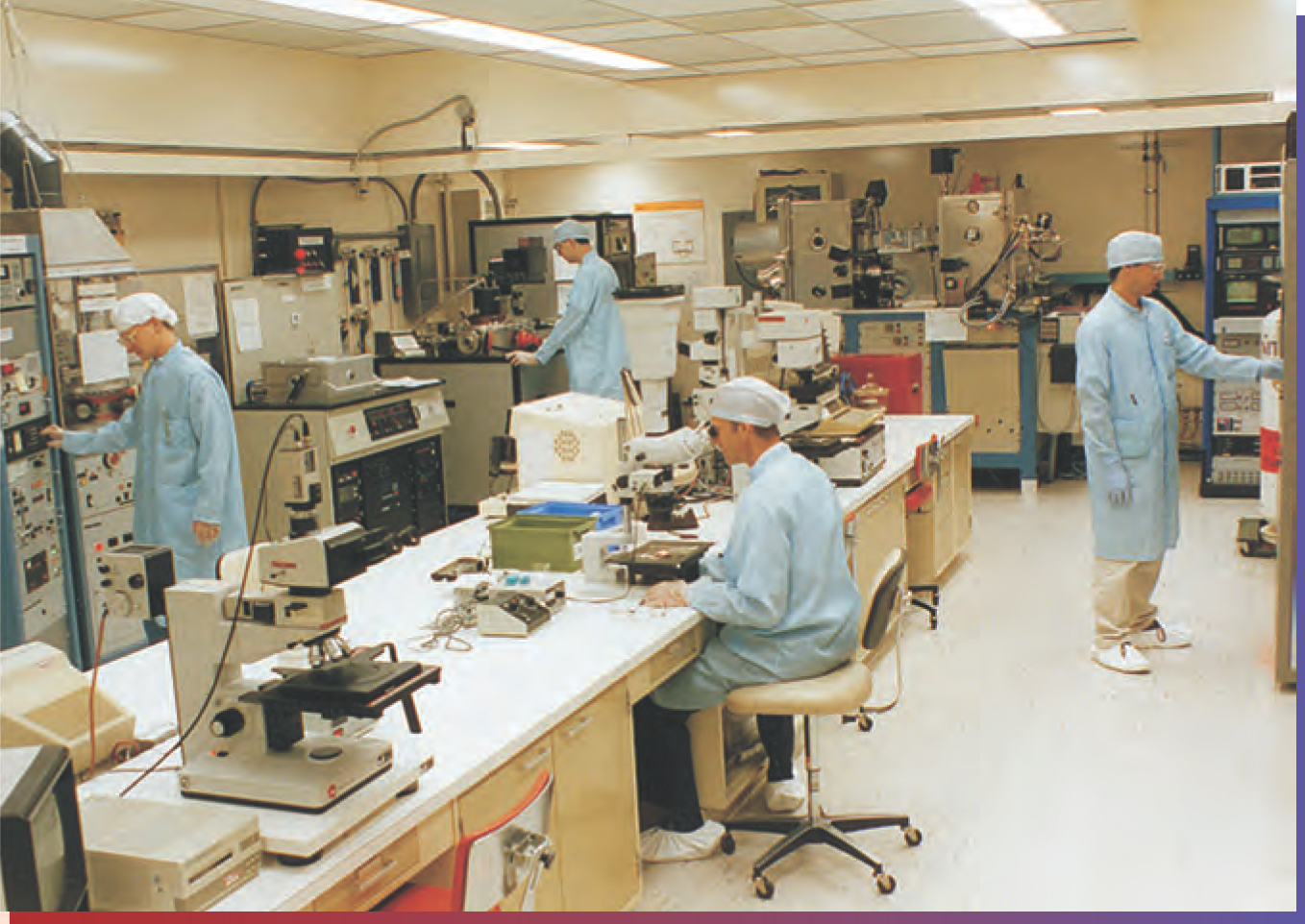NSF Launches Large-Scale Network for Small-Scale Science
DOI: 10.1063/1.1688065
Thirteen universities are participating in NSF’s National Nanotechnology Infrastructure Network, which aims to link user facilities for a broad spectrum of nanoscience research, including biology, chemistry, geoscience, materials, engineering, and physics.
Launched last month as an extension of NSF’s earlier 10-year National Nanofabrication Users Network, the NNIN branches out to include characterization, modeling, educational outreach, and the impact of nanotechnology on society. NSF is funding NNIN with at least $70 million over five years.
The NNIN dovetails with, and is to be funded by, the Nanotechnology Research and Development Act signed on 3 December 2003 by President Bush. That act requests $849 million for fiscal year 2004 and has as a goal the establishment of a national network of advanced technology user facilities. “In effect we have presaged this,” says Lawrence Goldberg, NSF program officer for the NNIN. “NSF is the lead agency in the federal government’s investment in nanotechnology.”
NNIN’s capabilities include expertise in semiconductor electronics, molecular electronics, optics, micro-electromechanical systems, nanofluidics, and computation; tools for making nanotubes, nanowires, porous materials, self-assembled and patterned materials, nanocomposites, biological templates, and other structures; and a host of microscopy techniques for characterizing nanoscale creations. NNIN facilities are open to international researchers from all R&D sectors.
“By assembling and offering to share our specialized resources with any and all qualified users, we have created the world’s largest, most comprehensive, and accessible nanotechnology laboratory,” says NNIN director Sandip Tiwari, a Cornell University electrical engineer.
Coordinating NNIN work on the implications of nanotechnology for society is Bruce Lewenstein, a professor of science communication at Cornell. Nanotechnology will impact workforce productivity, equity, privacy, the environment, and global competitiveness, he says. “For example, we may have injectable devices floating around in our bloodstreams monitoring cholesterol or sugar levels. If I am walking down the street, can anybody with the right receiver—or my employer—check my blood chemistry? What are the implications for privacy?” At NNIN, Lewenstein adds, “our goal is to build the capacity of all users to be able to address social and ethical issues. We will do that through materials, speakers, access to resources, and making tools available.”
In addition to Cornell, the NNIN partners are the Georgia Institute of Technology, Harvard University, Howard University, North Carolina State University, Pennsylvania State University, Stanford University, the University of California at Santa Barbara, and the universities of Michigan, Minnesota, New Mexico, Texas at Austin, and Washington.

Clean rooms are just a part of the National Nanotechnology Infrastructure Network launched in January by NSF.
CORNELL UNIVERSITY

More about the Authors
Toni Feder. American Center for Physics, One Physics Ellipse, College Park, Maryland 20740-3842 US . tfeder@aip.org
